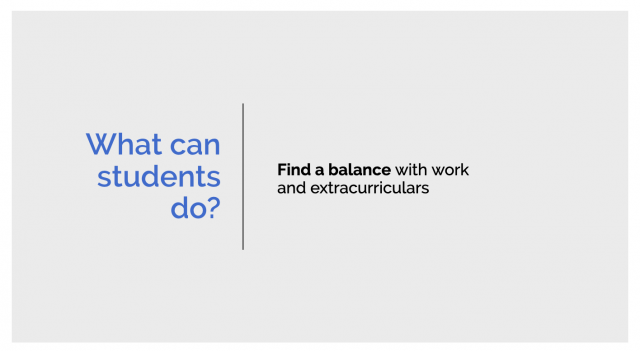This presentation gives a brief overview of the benefits of teaching in a metacognitive style, to create the most effective learning environment for students. To view the complete guide to metacognition, see LawTech’s Metacognition presentation.
In this presentation, we cover:
What faculty can do
What students can do
Brief overview of metacognition strategies

Optimal learning, or the most effective and efficient way a student retains and masters content, is the product of connecting the student’s motivation, emotion, and learning style. Ultimately, teaching in a way that encourages optimal learning is the goal of most every teacher. But how is this accomplished? This presentation will overview the benefits of learning to teach with metacognitive strategies, which allow the teacher and student to work together to facilitate learning.

Optimal learning occurs when the social and emotional environment of a learning space are considered along with the material presented in the classroom. This includes creating safe and stable learning environments, providing equitable and rigorous material, and aiming to meet the needs of diverse learners.

In order to facilitate this style of optimal learning, faculty and students must share responsibility for the learning environment. The faculty should set clear expectations and goals that the students can aim for. This is where metacognition is important!

For example, teachers may format their class schedule to accommodate different learning styles and increase engagement by incorporating interactive learning into lecture-based classes. For example, students can talk about a question together, or teach one another the material that was covered in a previous class.

Students can learn metacognition techniques themselves, and master learning models such as Bloom’s taxonomy and the study cycle.

Also, it is important to impress upon students that their performance in class does rely, in part, on their individual contribution to their own learning.

Thus, students need to be able to find balance.

Some effective metacognition strategies to encourage students to try include: knowing the material well enough to teach someone else and asking deeper questions to engage with material on an analysis level.

Teach the study cycle, which emphasizes mastery over memorization.

Essentially, it is highly beneficial for teachers to teach metacognitive strategies to students and establish clear learning goals the students can aspire to reach.



